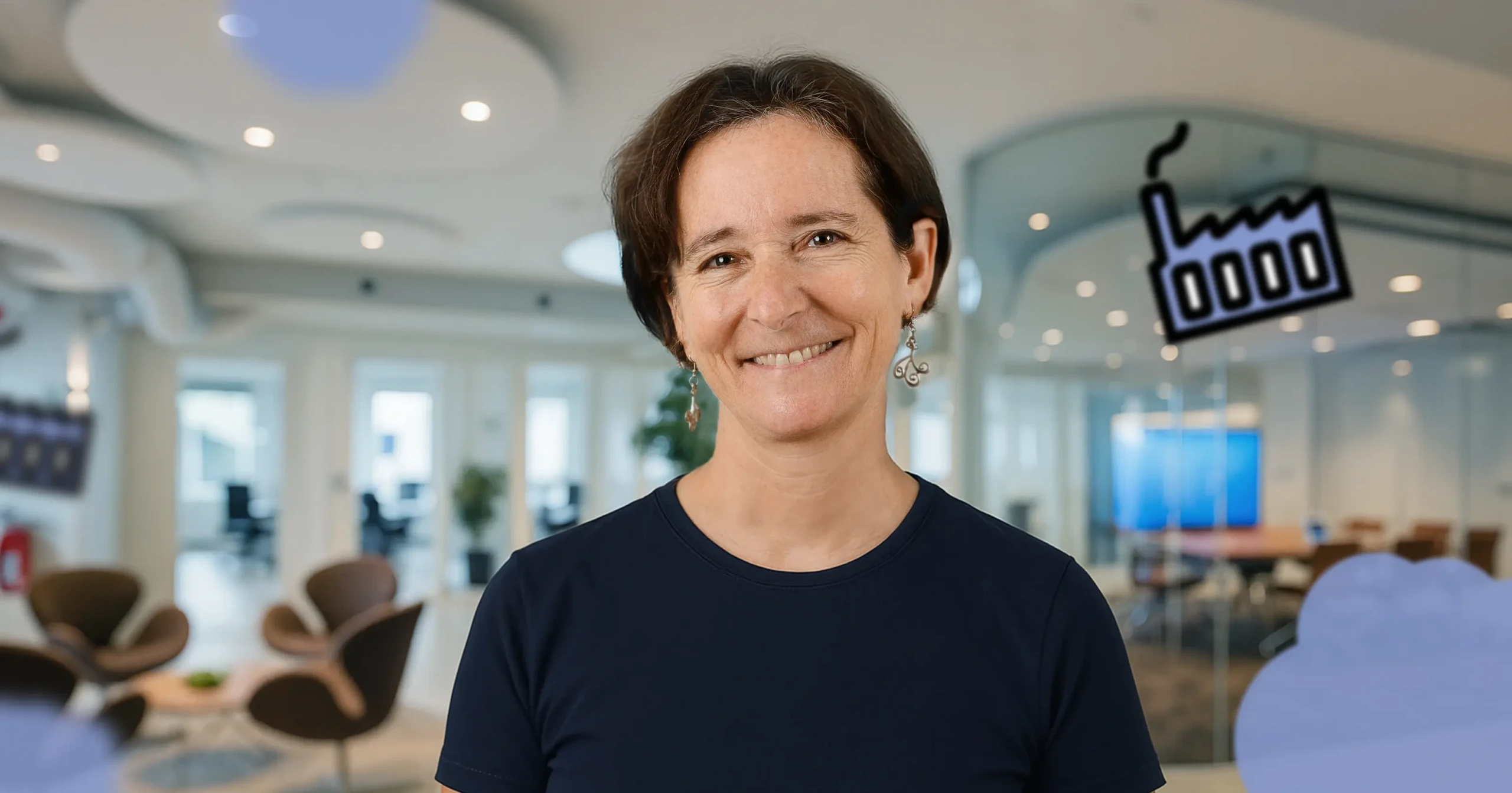Many think that buying more energy-efficient products is enough to reduce the climate impact of their organization’s IT use. While it’s true that more efficient devices can lower energy consumption and reduce costs, we’re missing the bigger picture if we stop there. Research shows that real climate action in IT procurement goes far beyond swapping out devices for more energy-efficient models.
By Chiara Scalabrino, sustainable purchasing support in Italy and Spain.
Here are nine key facts to help your organization make smarter, more impactful decisions.
1. We’re in a climate emergency
The science is clear: We are in a climate emergency, and we need to reduce our greenhouse gas (GHG) emissions. To track these emissions, we often refer to carbon dioxide equivalent (CO2eq) because it allows us to aggregate the different warming impacts of various greenhouse gases, including carbon dioxide (CO2), methane (CH4), nitrous oxide (N2O), and fluorinated gases. Every IT procurement decision you make is an opportunity to cut emissions.
2. The number of devices each has dramatically increased since the 1980s

By Chiara Scalabrino, sustainable purchasing support in Italy and Spain.
While IT products have become more energy-efficient, the total number of devices we own and use has skyrocketed — this includes laptops, desktops, tablets, smartphones, multiple monitors at work, plus personal devices at home. The first question should be: Do we actually need them all? Because the more IT products we have, the greater our overall sustainability impact will be. Strategic device planning can make a big difference. Could your work computer also be used at home, for example? And, do we really need two monitors per employee?
3. Most emissions come from production
Studies of IT product carbon footprints (PCFs) show that the majority of emissions occur during manufacturing, not in the use phase. For this reason, it is essential to demand that the industry reduce the supply chain emissions through the use of renewable energy and more energy-efficient production processes. Additionally, on our side, we can use products longer — this is one of the most effective ways to lower our organization’s annualized scope 3 emissions. In this article, you can learn more about what scope 1, 2, and 3 emissions mean for IT buyers and users.
4. Energy efficiency is good, but not enough
Yes, reducing energy consumption is important — both from an economic and environmental point of view. You can do that by ensuring that your organization’s devices are turned off or in standby mode when not in use. However, replacing a functioning device just to gain higher energy efficiency will lead to higher overall emissions since most emissions stem from production. In fact, you’d have to use that new device for 33–88 years to “pay back” the emissions from its manufacturing.
5. PCF values aren’t reliable for product comparisons
Comparing the product carbon footprint (PCF) values of different IT products is problematic. The supply chains of these products are very complex, and there is a variety of assumptions, methodologies, tools and data used for PCF calculations, which means results aren’t directly comparable. Until the industry agrees on a system of transparent, comparable and verified data, use tools like our Report Generator with default scope 3 and harmonized scope 2 values to track improvements in your portfolio.
6. Product longevity is key to reducing emissions
Extending product life is one of the most effective ways to reduce the climate impact of your organization’s IT product portfolio. To implement this approach, you need to procure products that are designed for longevity. In practice, this means choosing durable, upgradeable, and repairable products — qualities that also support circular economy strategies. Consider buying refurbished or remanufactured devices and use the products for as long as possible. When they no longer meet the needs of the first use, they can be valuable for someone else. Consider giving them a second life by selling or donating them.
7. Renewable energy helps reduce climate impact
Today, IT manufacturing is heavily dependent on fossil fuels. Purchasing renewable electricity helps lower emissions and reduce climate impact. This is included in TCO Certified — IT brands must purchase renewable electricity equivalent to 15% of their own consumption in final assembly factories. In addition, you can do the same for the locations where your organization’s IT devices are being used. To ensure real impact, make use of credible, accredited renewable electricity certification systems.
8. Climate change comes with many risks
Reducing human-caused greenhouse gas emissions means mitigating global warming and tackling its wider environmental, social, and economic consequences, which may also cause significant disruptions to global supply chains — from extreme weather and biodiversity loss to infrastructure damage and community displacement. With TCO Certified, you’re choosing products that meet comprehensive sustainability criteria, not just energy targets.
9. IT procurement is a powerful lever for climate action
Your organization’s purchasing power is key to promoting change. It is important to tackle direct emissions, but also indirect emissions that occur in the organization’s value chain, including upstream and downstream activities. By integrating TCO Certified into your IT procurement strategy, you address multiple aspects of climate and sustainability performance — from extending product lifetimes to improving factory energy sources. The certification helps your organization meaningfully reduce its climate footprint — and lead by example.
Let’s start now! Together we can do amazing things!
According to the World Meteorological Organization, 2024 was the warmest year on record and likely the first in which the 12-month global average temperature exceeded 1.5 °C above preindustrial levels. Nevertheless, a recent United Nations report says the ongoing energy transition is not replacing fossil fuels at the pace needed.
But we know the solutions and the vital role we play in accelerating change! We can mitigate human-induced climate change and reduce the social and economic upheavals from extreme weather!
TCO Certified helps purchasers easily turn these nine facts into immediate positive action. Sustainable IT procurement may contribute to reducing our emissions, so let’s try to protect our environmental, social and economic systems from further reshaping! Together, we can do amazing things!
Listen to our climate expert, Robin Askew, as he explains how TCO Certified helps you reduce the climate impact of the IT products you buy and use.





